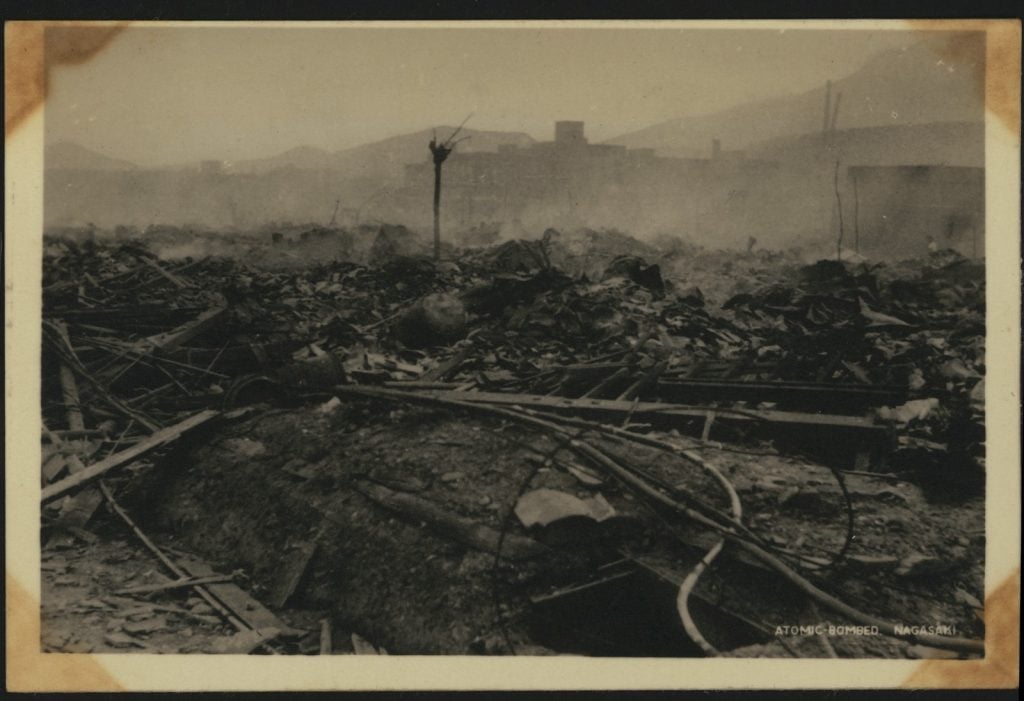‘It was hard to believe what we saw…a tremendous cloud of smoke arose which completely blotted out Hiroshima.’
Colonel Paul W. Tibbits, pilot of the Enola Gay B29 aircraft that dropped the first atomic bomb on Hiroshima.
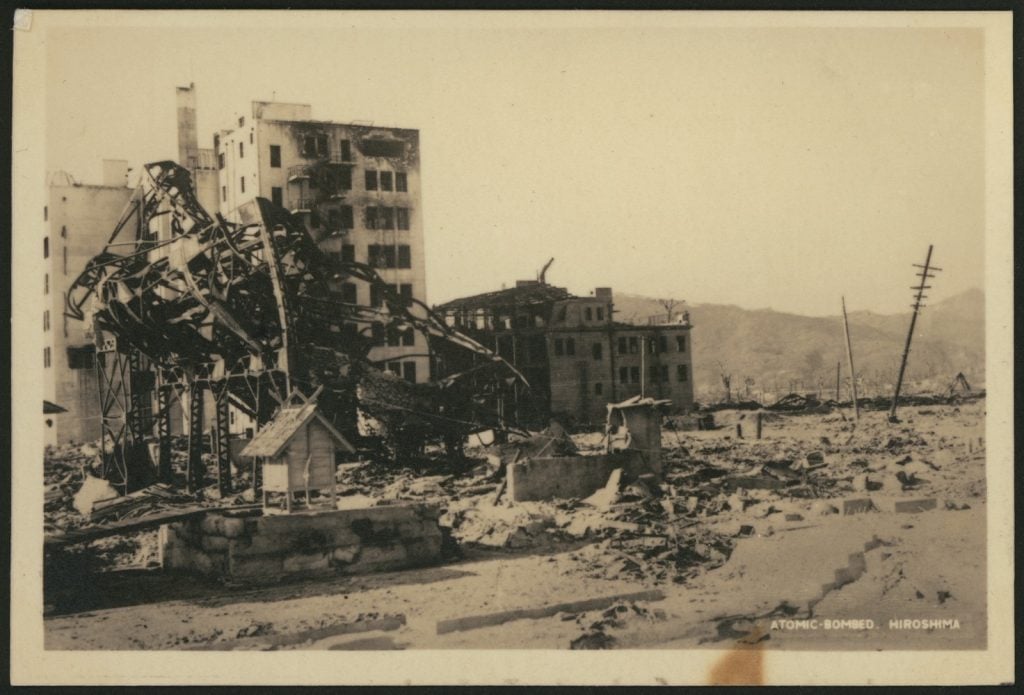
This year marks the 75th anniversary of the dropping of the first atomic weapons on Hiroshima and Nagasaki on August 6 and 9, 1945 – the end of World War II. It also marks the beginning of the nuclear age with all its hazards and benefits, and the beginning of the Cold War with its vast legacy of diplomacy, threat, competition and literature. As many have remarked, this is a key moment in 20th century history.
‘…the whole thing was tremendous and awe-inspiring … the men aboard with me gasped “My God” …’
Captain William S. Parsons, a United States Navy Ordnance expert.
President Harry S. Truman’s decision to drop the two atomic bombs has remained controversial despite several differing interpretations of history. The State Library Victoria has a large range of books that explore this 20th century moment, including the recent e-book, Nuclear energy and the legacy of Harry S. Truman, by J. Samuel Walker, 2016.
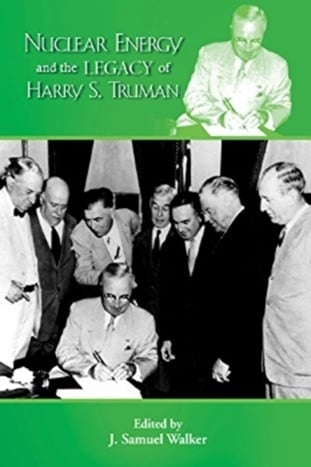
The morality of the decision to drop the bombs is still in question. Other questions have also been debated and the ‘atomic’ moment has echoed down the 20th century in a variety of ways with the continuation of nuclear testing and the armed nuclear stand-off between the superpowers.

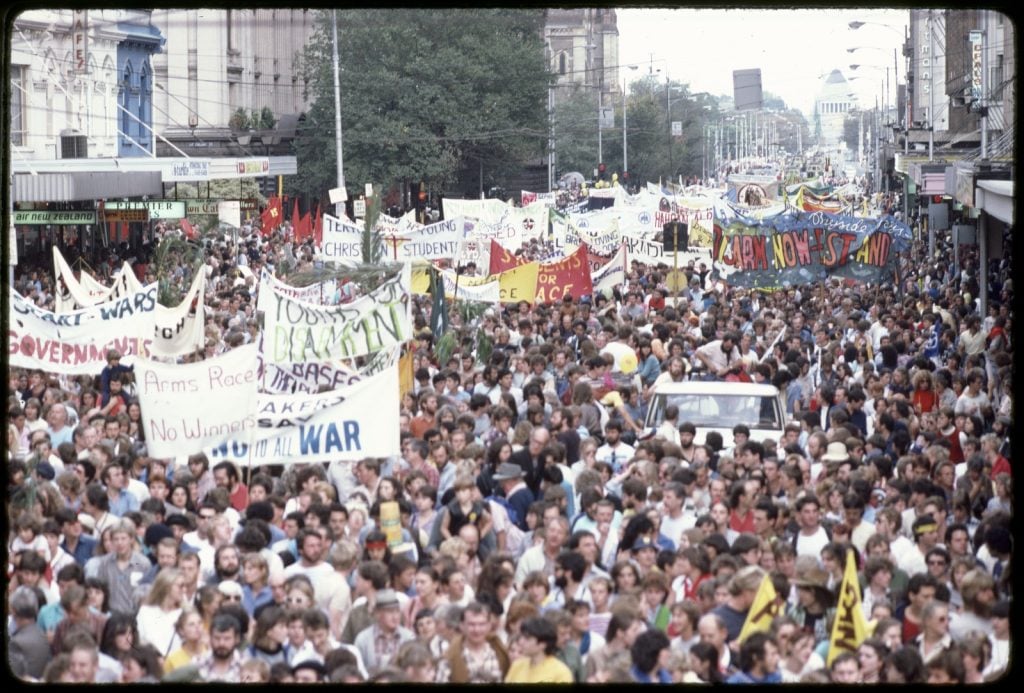
The Library has a very broad range of books, pictures, photos, postcards and journal articles covering the nuclear age and the atomic end to World War II. The Library and the National Gallery also hosted the 1957 travelling exhibition of the Hiroshima Panels by husband and wife team Iri Maruki and Toshiko Akamatsu.
They are best known for their enormous joint paintings created between 1950 and 1982 that depict the aftermath of the atomic bombing of Hiroshima. As Japanese citizens who were critical of aspects of their own society, they struggled to balance their political beliefs with their artistic vision.
Photographs of the exhibition now sit in the Library’s Pictures Collection.
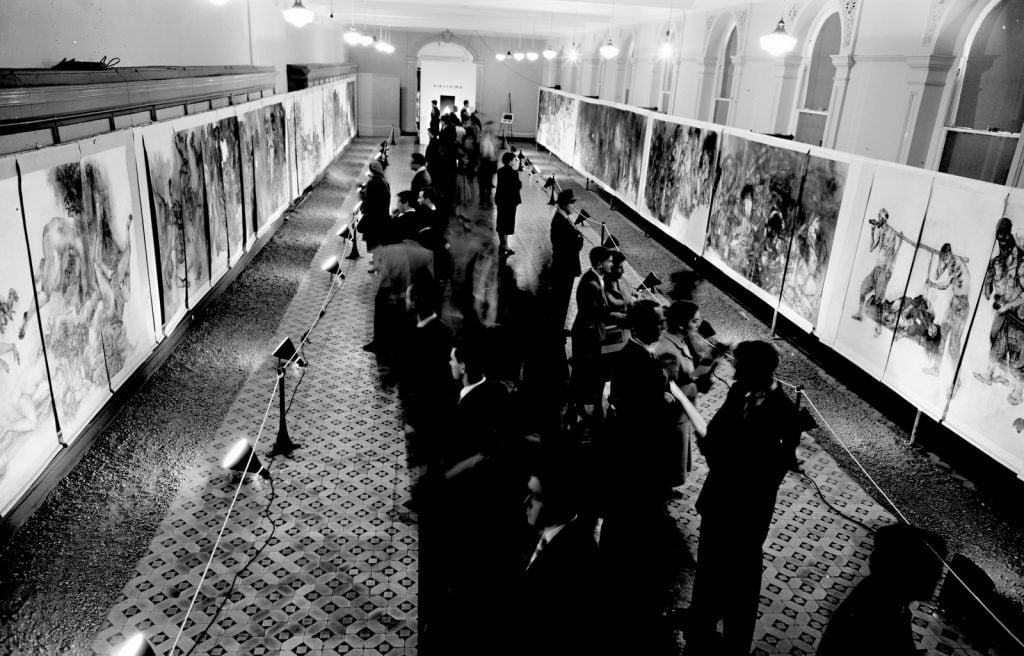
Among other things, the Library also holds the books, Rain of ruin: a photographic history of Hiroshima and Nagasaki, by Donald M. Goldstein, Katherine V. Dillon, and J. Michael Wenger, 1995, The Hiroshima murals: the art of Iri Maruki and Toshi Maruki / edited by John W. Dower, John Junkerman, 1985, and the exhibition catalogue of the 1957 Australian exhibition tour. See the Maruki Gallery website for more information on the Hiroshima Panels.
The digitised newspapers on the National Library of Australia’s Trove database are a rich historical resource.
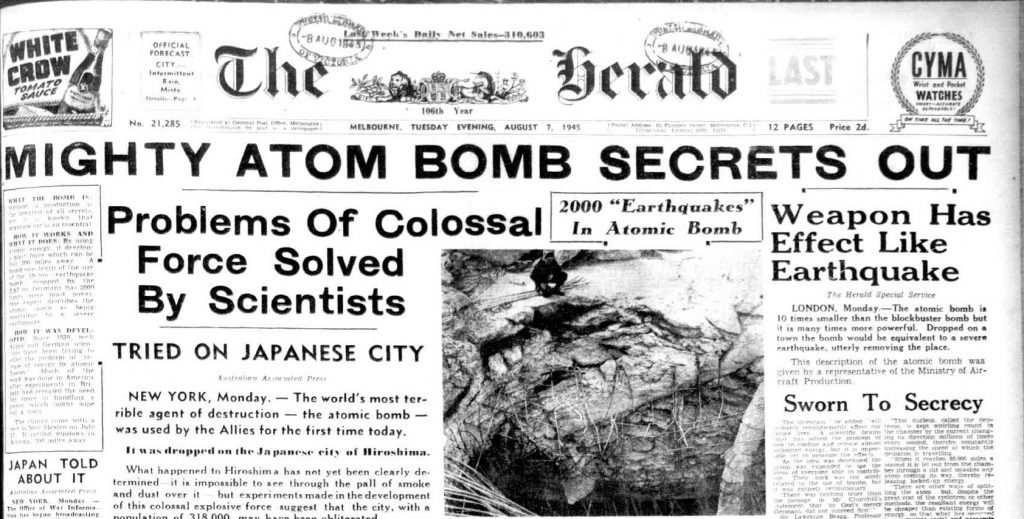
Library members in Victoria can also read international newspaper coverage of the bombing on our online subscription databases, including the New York Times, and the London Times, and the Service Newspapers of World War Two database, which features over 200 titles from England, US, New Zealand and Australia which were produced for military and civilian units serving at home and abroad.
Explore collection items in the Library catalogue:
Hiroshima-shi (Japan) — History — Bombardment, 1945
Nagasaki-shi (Japan) — History — Bombardment, 1945
